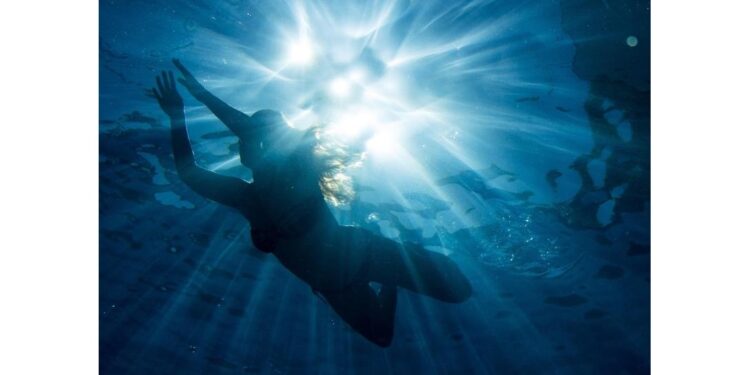Heat wave: when and where the sun is most harmful Natural medicine is a naturopathic specialist portal
The best tips against damage caused by solar radiation
In the next few days, strong heat is called for. Many are now looking forward to Splashing in the water and sunbathing. However, completely harmless the stopping is not the end of the heat. Health professionals discuss on what you should be in order to survive the heat wave irrespective.

The sun just burns down mercilessly from the sky. In the summer particularly a lot of strength? It reaches our body, even under water? And: Are we going to a tan brown? What is common allegations – a fact check.
Can you get in the water sunburn?
Also a Meter under the surface of the water meets UV-radiation on the body. According to experts, 80 percent of the long-wave UVA get there-rays for premature skin aging and formation of wrinkles of worries. Of the short-wave UVB radiation, which typically sunburn causes, it is 50 percent. The dangerous rays do not reach the skin at all, you have to dive deeper. “At least two meters,” explains dermatologist Reinhard Mrotzek.
Who swims with the head above the waves, you should even watch twice. Like a mirror the surface of the water amplifies the UV radiation to 50 percent. Medical institutions such as the British National Health Service (NHS) warn against the dangerous combination of sun and water: the cooling effect you don’t often notice, when the skin is burned. Mrotzek recommends intensive Lotion with sunscreen, also, a head covering is “a good idea”.
Also, the Sand reflects the sun
Not only in water but also on the beach you can get a sunburn. Bright Sand reflecting the light and increase UV radiation by 25 percent, says Mrotzek, member of the professional Association of German dermatologists. Who lay about unprotected in the Sand directly to the water, expose his body to an increased risk. Similar is also true for the visit to a glacier. The snow, the sun radiation increases up to 90 percent.
Avoid midday sun
Who wants to keep his skin from damage, you should. in any case, in summer, the blazing midday sun –…between 11 and 14 o’clock – avoid. Experts advise early Morning or late afternoon Outdoor – stop; this is especially true on the water.
The skin after sunburn brown?
“This is absolute nonsense,” says skin doctor Mrotzek. A sunburn is an inflammation of the skin, a first-degree burn or more like. Dermatologists warn in case of unprotected sun exposure before permanent damage. For 2020 are expected to be Mrotzek estimated that a total of 300 000 new skin cancer cases in Germany.
What is the UV Index mean?
About the UV-Index (UVI) for each Region of the world, how dangerous the sun is for the skin. The world health organization (WHO) has developed the Index with other institutions. The scale ranges from 1 to about 10. The higher the value, the faster a sunburn occurs. In Germany in the summer UVI values of a maximum of 8.
Cool does not protect against skin damage
As in the water and on Land: Cool protects against hazards, not even on windy days. Dermatologist he says: “It is no matter whether it is cold or hot, the UV-radiation is the same.” The decisive factor is the year and time of day – and thus, the position of the sun. The so-called skin effective radiation reach at 21. June at noon on a clear day a force of almost 200 milliwatts per square meter. On a cloud free 21. December, at lunch time there are less than ten milliwatts.
Also, the height affects the radiation
In addition to reflections through the water, mirror, or snow, among other things, the height has an influence on the radiation. The effect of the sun rising to 1000 metres by 20 per cent, on 2000 meters to about 33 percent, and 3000 meters by 50 per cent compared to the intensity at sea level. (vb; Source: dpa)
Also read: home remedies for sunburn.



